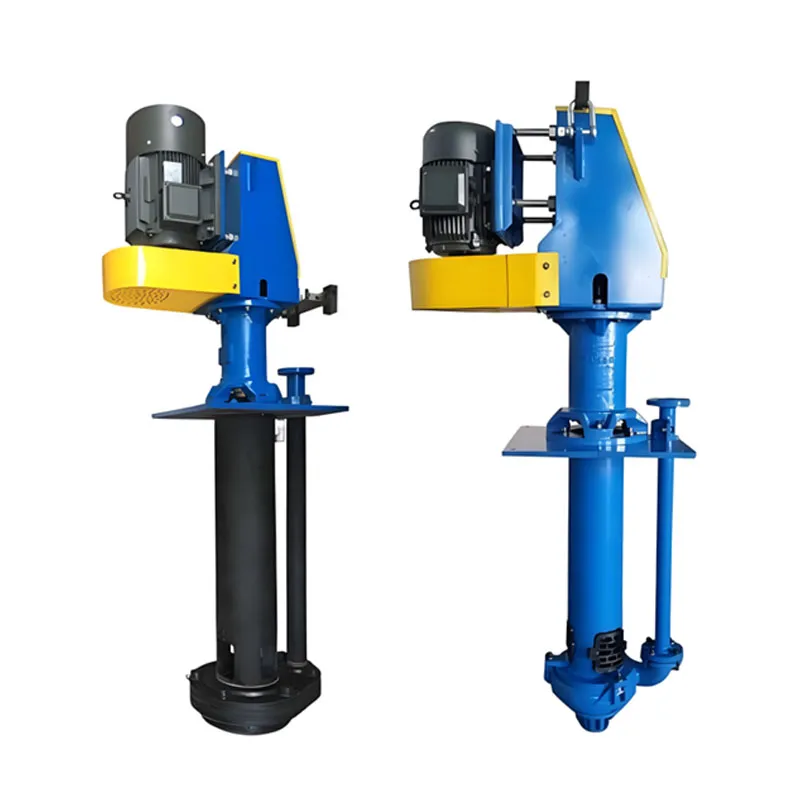Vertical Slurry Pumps: Principles and Everyday Uses
2024-12-11
Vertical slurry pumps may sound highly technical, but they play a vital role in industries where moving heavy, abrasive liquids is a daily challenge. Let’s break down their basics in a way that’s easy to understand and explore how these workhorses are used in real-world scenarios.
What Exactly Are Vertical Slurry Pumps?
Think of vertical slurry pumps as the problem-solvers for messy, high-maintenance jobs. They’re designed to handle thick, gritty, and sometimes corrosive slurries—the kinds of substances that would wear out an ordinary pump in no time. These pumps stand tall (literally!) with their motor and drive components safely above the liquid, while the rest of the pump dives into the work below.

How Do They Work?
1. The Centrifugal Magic:
- At the heart of the pump is an impeller that spins fast, creating centrifugal force. This force sucks in the slurry and pushes it out through a discharge pipe.
2. Smart Design for Tough Jobs:
- Their vertical structure keeps the motor far from the messy action, protecting it from damage. Meanwhile, a sturdy shaft connects the motor to the impeller, designed to handle all the grit and grime.
3. Always Ready to Dive In:
- The submerged pumping mechanism means it’s always in the thick of things, reducing air intake and improving performance.
Features That Make Them Stand Out
- Built to Last: Made with materials like high-chrome alloys or rubber to resist wear and tear.
- Easy to Care For: Simple access for cleaning and fixing when needed.
- Custom Impellers: Different designs to suit various slurry types and jobs.
Where You’ll Find Vertical Slurry Pumps in Action
These pumps are the unsung heroes of many industries. Here’s where they shine:
1. Mining:
- Moving ore slurry during mineral processing.
- Keeping mine pits dewatered and handling leftover tailings.
2. Power Plants:
- Transporting fly ash and bottom ash in coal-powered stations.
3. Chemical Factories:
- Pumping acidic or alkaline liquids and corrosive slurries.
4. Wastewater Treatment:
- Managing sludge and pumping grit out of settling tanks.
5. Construction:
- Handling concrete slurry and dredging in building projects.
Why Vertical Slurry Pumps Are a Smart Choice
- Compact Design: Perfect for places where space is tight.
- Tough and Durable: Built to take on harsh environments.
- Efficient Movers: Great at pushing through dense, abrasive liquids.
- Reliable Operation: Keeps the flow steady by avoiding air intake issues.
Keeping Your Pump in Top Shape
To make sure your vertical slurry pump keeps working like a champ:
- Regularly check and replace worn parts, like the impeller and seals.
- Listen for unusual noises or vibrations—they’re your pump’s way of saying it needs help.
- Follow the maintenance tips in the user manual.
Final Thoughts
Vertical slurry pumps might not be glamorous, but their reliability and efficiency make them indispensable in many industries. By understanding how they work and where they’re used, you can appreciate just how much they contribute to getting the tough jobs done. Whether it’s in a mine, a power plant, or a construction site, these pumps are always ready to roll up their sleeves and get to work.


